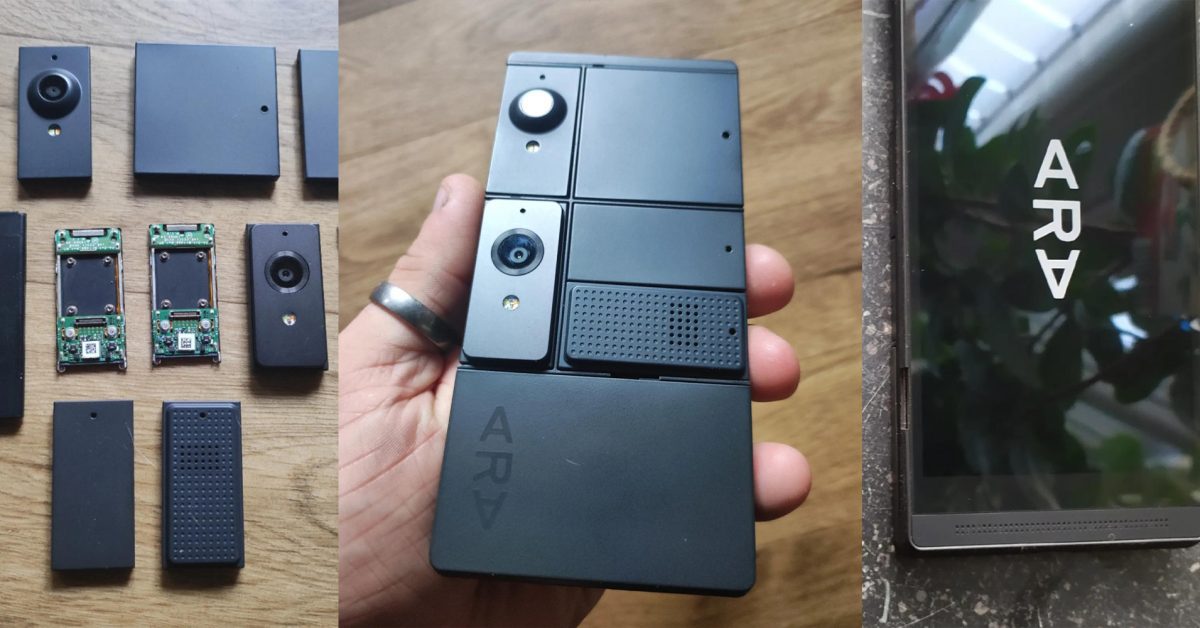Google’s Pixel 6 Pro and Pixel 7 Pro smartphones, despite being equipped with ultra-wideband (UWB) technology, are currently unable to utilize this feature for the new Find Hub tracking capabilities.
Understanding Ultra-Wideband Technology
Ultra-wideband (UWB) is a short-range wireless communication technology that operates over a wide frequency spectrum. Unlike traditional Bluetooth or Wi-Fi, which use narrow bands of frequencies, UWB can transmit data across a much broader range. This allows for precise location tracking and data transfer at high speeds. UWB technology is particularly advantageous in applications requiring accurate positioning, such as locating lost items or enabling seamless interactions between devices.
The Rise of UWB in Consumer Electronics
In recent years, UWB has gained traction in consumer electronics, particularly in smartphones. Major manufacturers like Apple, Samsung, and now Google have integrated UWB into their devices, recognizing its potential for enhancing user experiences. For instance, Apple has leveraged UWB in its AirTags, allowing users to find lost items with remarkable accuracy. Samsung has similarly incorporated UWB in its SmartThings Find feature, enabling users to locate their Galaxy devices and compatible accessories.
Google’s Implementation of UWB
Google introduced UWB technology in its Pixel 6 Pro and Pixel 7 Pro models, aiming to enhance the functionality of its devices. However, the integration of UWB in these smartphones has not been fully realized. While the hardware is present, the software capabilities necessary to utilize UWB for tracking purposes have not been activated. This limitation raises questions about the strategic decisions made by Google regarding the rollout of its UWB features.
The Find Hub Feature
Find Hub is a new tracking feature that allows users to locate various devices and items using UWB technology. This feature is designed to work seamlessly with compatible devices, providing users with an intuitive way to track their belongings. The introduction of Find Hub is part of a broader trend in the tech industry, where companies are increasingly focusing on enhancing connectivity and location-based services.
Limitations of the Pixel 6 Pro and Pixel 7 Pro
Despite being equipped with UWB, the Pixel 6 Pro and Pixel 7 Pro cannot utilize the Find Hub tracking capabilities. This limitation is particularly disappointing for users who expected a fully integrated experience with the latest tracking technology. The inability to use UWB for Find Hub may hinder the overall functionality of these devices, especially as consumers increasingly rely on advanced tracking features in their smartphones.
Implications for Users
The inability to use UWB for Find Hub tracking raises several implications for Pixel 6 Pro and Pixel 7 Pro users. First, it limits the potential use cases for UWB technology, which could have enhanced the overall user experience. Users may find themselves at a disadvantage compared to those with devices from other manufacturers that fully support UWB tracking features.
Additionally, this limitation may affect user satisfaction and brand loyalty. As consumers become more aware of the capabilities of UWB technology, they may question why Google has not fully activated this feature in its devices. This could lead to frustration among users who invested in the Pixel 6 Pro and Pixel 7 Pro, expecting cutting-edge technology and features.
Stakeholder Reactions
The tech community has expressed mixed reactions to the news that the Pixel 6 Pro and Pixel 7 Pro cannot utilize UWB for Find Hub. Some industry analysts have pointed out that while Google has made strides in integrating UWB into its devices, the lack of software support undermines the potential benefits of this technology. Others have suggested that Google may be holding back on activating UWB features to ensure a more robust rollout in future devices.
Consumer Expectations
Consumers have high expectations for their smartphones, particularly when it comes to innovative features. As UWB technology becomes more prevalent, users are likely to demand its inclusion in their devices. The inability of the Pixel 6 Pro and Pixel 7 Pro to utilize UWB for Find Hub may lead to disappointment among consumers who anticipated a seamless experience.
Future of UWB in Google Devices
Looking ahead, the future of UWB in Google devices remains uncertain. While the Pixel 6 Pro and Pixel 7 Pro may not currently support Find Hub tracking, there is potential for Google to enhance UWB capabilities in future models. The company may choose to activate UWB features in upcoming software updates or in new device releases, addressing user concerns and aligning with industry trends.
Comparative Analysis with Competitors
To understand the implications of Google’s decision, it is essential to compare the Pixel 6 Pro and Pixel 7 Pro with competitors that have successfully integrated UWB technology. Apple, for instance, has effectively utilized UWB in its devices, allowing users to locate AirTags with precision. Samsung has also embraced UWB, enabling users to find their Galaxy devices and accessories through SmartThings Find.
This competitive landscape highlights the importance of fully leveraging UWB technology to meet consumer expectations. As other manufacturers continue to enhance their UWB capabilities, Google may need to reassess its approach to ensure that its devices remain competitive in the market.
Conclusion
The inability of the Pixel 6 Pro and Pixel 7 Pro to utilize UWB for Find Hub tracking is a significant limitation for users who expected advanced tracking capabilities. While UWB technology holds immense potential for enhancing user experiences, the lack of software support in these devices raises questions about Google’s strategic decisions. As the tech industry continues to evolve, it will be crucial for Google to address these limitations and fully realize the potential of UWB in its future devices.
Source: Original report
Was this helpful?
Last Modified: October 29, 2025 at 2:36 pm
1 views















